C
Change, Childhood, Confidentiality, Contracting, Crying
Change
If therapy has a number one purpose it is to facilitate change.
What the change is, of course, is up to the client. It’s their life, not the therapist’s. Maybe it’s something obvious: they want to have decided whether to stay with their partner, or sleep better, or learn how to express their feellngs without feeling scared. Maybe it’s something subtle: they want to feel more confident in who they are and what they need, even if nobody else notices. Either of these are changes.
What therapy isn’t, at least to me, is a space to research an essay on ourselves. Understanding ourselves is essential but insufficient. You understand why your heart races every time you hear a particular song, say: that’s great, but now what?
Therapy is a place we go to learn how to change.
Childhood
Whatever style (‘modality’) a therapist works in, it is likely that a client’s childhood will arise at some point in the work. Whether you had a good, bad or indifferent upbringing, our younger years are crucial to understanding how patterns of behaviour developed, how particular understandings of the world took root, and how your way of relating to people developed.
Don’t be afraid of such enquiries; it usually contains great gold.
Confidentiality
There is no more important sentence uttered by a therapist in a first session than “Everything we talk about is completely confidential”.
Few clients would be able to make themselves as vulnerable or as honest as they need to be if they felt there was any chance of someone else knowing what they talked about. A therapist always keeps all session content confidential (with limited exceptions such as if someone’s safety is compromised); whether the client does is up to them.
Some clients go home and tell their partner or housemate everything that was discussed in a semi-verbatim blow-by-blow account. For others, nobody in the world knows that they’re seeing anyone; the idea of anyone asking “how was therapy?” would convulse them in shame. Neither response, nor any of the shades in between, is unreasonable. It’s what works for you.
But the therapist ain’t talking.
Contracting
‘Contracting’ is the few minutes that takes place early in a therapeutic relation relationship (often in the first session) in which the therapist and client agree the basic boundaries of how they will work together.
In general this involves a commitment from the client to attend every week at a set time and at a set fee paid either weekly or monthly, and the therapist committing to making that slot available only to him/her, to treat their material confidentially and caringly, and with some understanding of how absences and holidays are handled. Some therapists encourage clients to sign a written agreement, usually just a page or so; for many it’s just a verbal understanding.
Like any contract or agreement, it is crucial for both sides to know what the deal is. And then they can forget about it and concentrate on what they need.
Crying
If the number one expectation of therapy is that it will involve silence (and yes that will be an entry in this A-Z when we get to ‘S’) then crying has to be number two. A box of tissues is just about the only prerequisite for any therapeutic space.
Crying is a release. People cry from unhappiness, despair and grief, of course, but in my experience tears enter sessions just as often from relief, revelation or connection. The person might release via a sigh or a laugh or a blush. But crying often comes first.
Being witnessed with our tears – whichever particular kind they happen to be – is one of the most affecting experiences in therapy. And, for many, the most life-affirming.
Next Week: D
Dependence, Dissociation, Dreams
